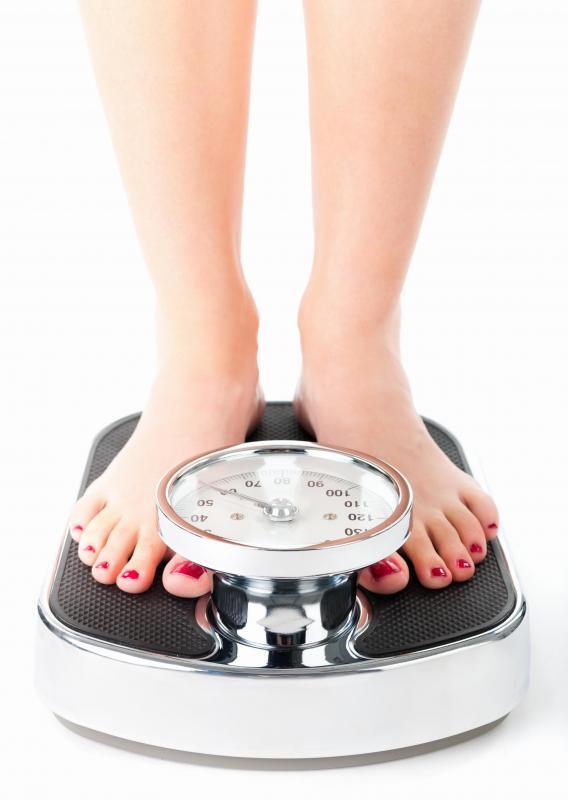At WiseGEEK, we're committed to delivering accurate, trustworthy information. Our expert-authored content is rigorously fact-checked and sourced from credible authorities. Discover how we uphold the highest standards in providing you with reliable knowledge.
What are the Differences Between PMS and PMDD?
PMS or premenstrual syndrome is a common experience to all women who menstruate. During the week before a woman’s period begins, she may experience mild mood swings, mild discomfort, headaches, swelling, backaches, breast tenderness and a number of other symptoms. Some people feel these symptoms very little, and others appear severely affected by them. When symptoms begin to become severe, and interfere with daily life, a woman may be suffering from a condition called premenstrual dysmorphic disorder (PMDD).
PMDD is a fairly new addition to the catalog of psychological disorders. Though as many as 5% of all menstruating women have been experiencing it, PMDD has only recently been recognized as an actual condition. The key to recognizing PMDD and differentiating it from PMS is length of time, over a period of months that PMS symptoms are so severe they result in incapacity, depression, severe pain, or inability to work. Also, it has been shown that women who already suffer from mood disorders like depression, bipolar conditions, and anxiety are more likely to have PMDD.

Any woman in her reproductive cycle can probably remember a few instances of PMS that seemed particularly bad. Perhaps cramps were awful one month and better the next, or maybe she lost patience with her kids, husband or friends. It’s not uncommon to have the occasional bad month, and this does not necessarily indicate PMDD.
When bad months are the norm, and a woman consistently experiences severe symptoms for one to two weeks every month, then PMDD should be considered as a possible diagnosis. If the week before each period is always one filled with anxiety, sense of hopelessness, lack of concentration, severe cramping, extreme tearfulness or extreme anger, PMDD may be the cause. Other symptoms related to PMDD, and also common in PMS are present but are more severe. They include:
- Memory problems
- Fatigue
- Insomnia or hypersomnia (sleeping most of the day)
- Lack of interest in usual activities
- Irritability
- Joint Pain and Muscle Aches
- Weight Gain
- Constipation or diarrhea
- Flushing or hot flashes
- Changes in appetite

If you’re not sure if you have PMDD, it can help to keep a journal of symptoms for several consecutive months. Yet when you know you frequently experience severe symptoms it can be helpful not to wait but to get treatment assistance right away. Typically, physicians and mental health professionals tend to handle PMDD in one of two ways.
The first treatment for PMDD is to use oral contraceptives, which tend to regulate hormonal flux. This may not be the first line treatment for every woman. Risk of stroke accompanies using birth control pills in women over 35, particularly if they smoke. The second treatment is to prescribe small amounts of antidepressants, usually taken about a week prior to an expected period, and taken for a week after the period has ended. It seems even small amounts of antidepressants can address these symptoms.

On your own, you may be able to improve your symptoms by increasing intake of Vitamin B6 daily. Some women also use evening primrose oil, but this should be used under advisement and supervision of a physician. Regular aerobic exercise can help tone down symptoms, because it stimulates the production of mood-boosting chemicals like serotonin and norepinephrine. Commonly, PMDD is caused by a decline in production of these neurotransmitters that help elevate and stabilize mood.
AS FEATURED ON:
AS FEATURED ON:


















Discuss this Article
Post your comments